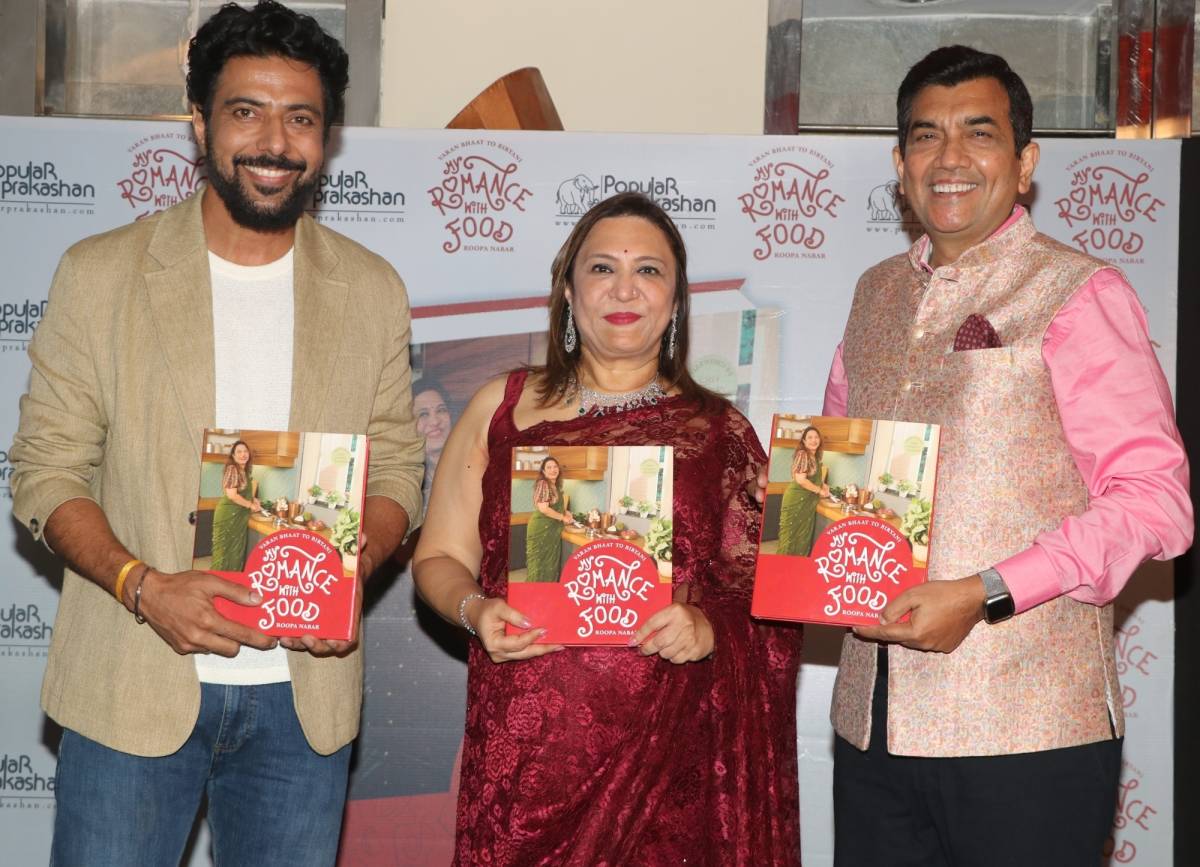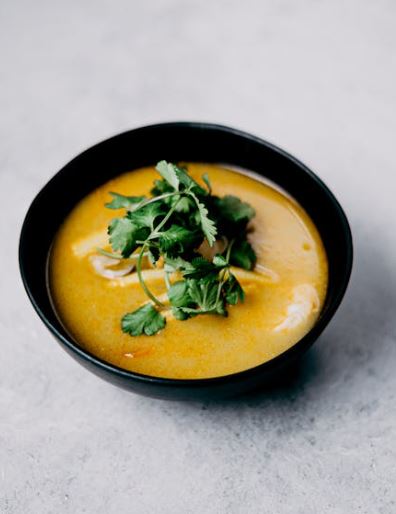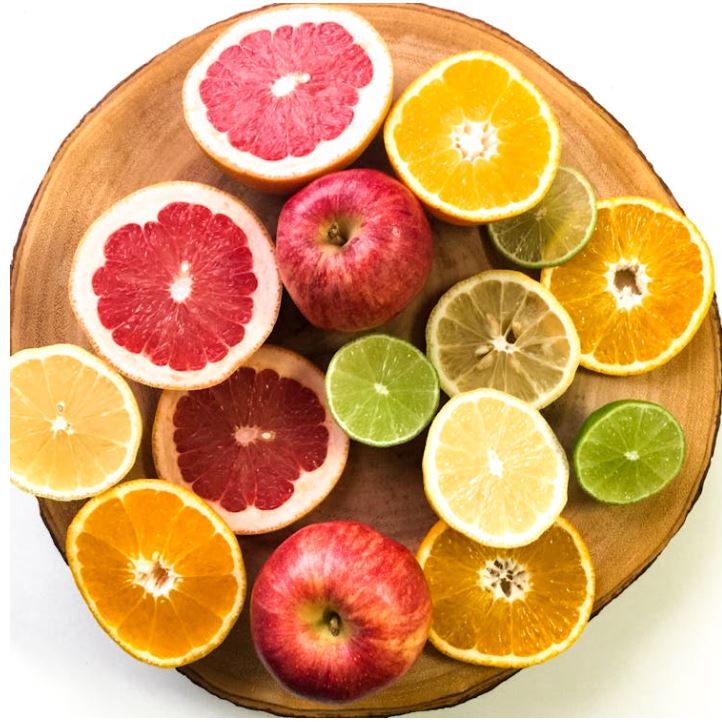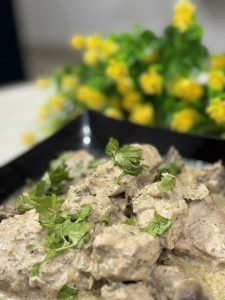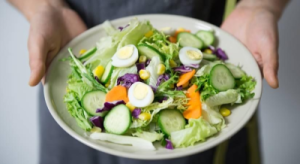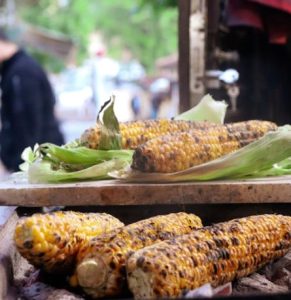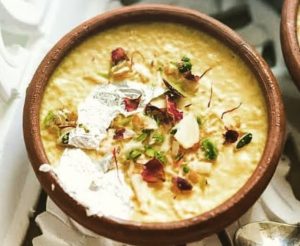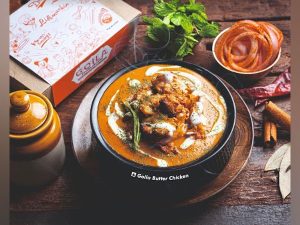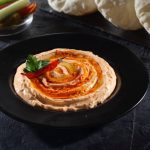Beginning with beverages, the book guides you through the preparation of snacks and starters, vegetables, chicken and eggs, mutton, seafood, rice and bread, dal and curries, accompaniments, sweets, and spices of the hand-ground variety…writes Vishnu Makhijani
Roopa Nabar remembers waking up to the smell of breakfast infused with the aroma of a wood fire at her “colossal” ancestral house in Prabhanvalli, near Ratnagiri in Maharashtra.
“While on most days, it would be simple rice porridge or bhaatachi pej and a spicy tangy backyard vegetable preparation called dabdabit, the woody aroma from the clay chullah would be new every day,” says Nabar, who fell in love with cooking in her mother-in-law’s kitchen and after 16 years of working a 9-5 job as a paramedic, put down her lab coat, put on a chef’s hat and turned her hobby into a passion — and to record Konkani cuisine for posterity.
“This is an ode to the invisible connect of recipes and culinary traditions that the bind families to communities, communities to villages and villages to culture,” Nabar told IANS in an interview of her book, ‘My Romance With Food – Varan Bhaat To Biryani’ (Popular Prakashan) that details the cuisine of a large swathe that encompasses Maharashtra’s Mumbai, Raigad, and Ratnagiri regions; Goa; and Karnataka’s Mangalore region along India’s West coast.
The book covers the cuisines of mainly Gaud Saraswat Brahmins (GSBs), Chandraseniya Kayastha Prabhus (CKPs), Kolhapuris, Malvanis, Goans and Karwaris.
“As a homemaker, over the years I have gathered a lot of recipes, some from my family and some from friends. Some of the wonderful dishes made in my native village during family gatherings and festivals were on the verge of extinction as the people who created them are no more and those recipes are not replicated often.
“I realised that preservation of this culinary heritage, the family recipes, the forgotten recipes is essential for the next generation so that they remain rooted to their soil. This inspired me to go beyond my digital footprints and write a book which has not only recipes but also a lot of information about the local ingredients, some anecdotes, some twists and some tips for the novices. I also took this opportunity to showcase our traditional family GSB cuisine which is simple yet underrated,” Nabar, who has a YouTube show titled ‘My Coastal Kitchen’ on the India Food Network, explained.

GSB food, Nabar said, is predominantly simple, staple and coconut based.
“I had a lot of traditional family recipes from my ‘aai’ (mother) and ‘aaji’ (mother-in-law) in the form of worksheets. Many recipes were incomplete for which I had to do R&D in my kitchen to make them authentic.
“Our fish is shallow fried in coconut oil and not deep fried. Dry fish is used in salads. Predominantly backyard vegetables like root vegetables, various types of gourds, forest foliage like ‘akur’ (wild ferns), ‘alambi’ (wild mushrooms), ‘shewala’ (dragon stalk yam) and fruits like pineapples, mangoes, jackfruits are used. These indigenous ingredients are seasonal and very local hence I was always on a look out for their availability and a lot of permutations and combinations were done to curate the recipes,” Nabar elaborated.
Beginning with beverages, the book guides you through the preparation of snacks and starters, vegetables, chicken and eggs, mutton, seafood, rice and bread, dal and curries, accompaniments, sweets, and spices of the hand-ground variety.
The contents are listed in 11 sections and the recipes in a different format to ease the mix-and-match concept.
“The content is in standard format as other cookbooks but the flow of recipes is as per the kitchens that influenced me in my culinary journey. The three sections in the book namely Native kitchen, Grandmother’s Kitchen and Mother’s Kitchen and Mother-in-Law’s kitchen contain the traditional ‘dadi’, ‘naani’ recipes which are forgotten and which I have tried to revive.
“In my kitchen section I have taken the liberty and added a few of my signature recipes which are not classical GSB recipes. The mix-and- match concept is to keep the essence of ‘My Romance with Food’. The recipes are interwoven with stories depicting my journey from ‘Varan Bhaat (dal-rice) to Biryani’.
Feeling adventurous?
Start with Sol Kadhi (a coconut and kokum beverage), accompanied by Kolhapuri Missal Pav. Then take in Alambi Sukke (stir-fried mushrooms), Malwani Prawns Curry, Rawas Ambat Tikhat (Indian salmon in sour and spicy gravy), Chutney Paplet (stuffed pomfret), Konkani Chicken Curry, Kalva Masala (oyster in brown masala), Kolhapuri Anda Sukka (spicy egg masala), Kaale Mutton (roasted spiced mutton masala), Stuffed Crabs, and Kachche Ghost Ki Dum Biryani.
Pair this with Aamboli (savoury pancakes), Valachi Khichadi (field bean rice), Haath Churme Pohe (flattened rice with fresh coconut), Vade (multigrain puri), not forgetting to spice it up with some Mutton Lonche (mutton pickle), Panchamrit (dry fruit chutney).
There is an equally wide variety to top it all, including Gulachi Karanji (jaggery coconut puffs), Kakdicha Dhondas (cucumber cake), and Mangana (chana dal kheer).
Kokum, the big daddy of tamarind, is an important seasoning in Konkani cuisine.
“The kokum fruit called ‘Raatambe’ is used to make kokum sherbet and ‘Phuti Kadhi’. Kokum petals are the dried form of Raatambe. It is one of most hyper-local indigenous ingredients used in GSB kitchen. The fruit is super sour and its dried petals (aamsul) are used as base or souring agent in many recipes. It adds tanginess to curries and stir fries, adds unique flavour to the dishes, gives beautiful pink colour to the favourite Sol kadhi. It is abundantly available in the region in summer and dried and stored for the year. We don’t use tomatoes, aamchur, curd, lemon as souring agents. Sometimes tamarind is used as an option and if the dish has Portuguese influence, vinegar is used,” Nabar explained.
How important are home-ground spices against the packed variety when it comes to authentic Konkani cuisine? How much of the flavour is lost in the latter?
“In most of our fish curries or ‘sukkes’ (stir fried), fresh coconut is used. Our masalas are simple and made up of ground coconut, coriander seeds, pepper and dry red ‘byadgi’ chillies and in this we toss backyard vegetables or fish. Most of our masala is freshly ground on grinding stone as it retains its flavour.
“We don’t use powdered garam masala. We use sambar powder which is slightly different from south Indian sambar powder. We grind it and store it in powder form and this we use for fish fry and ‘sukk’. If it is Kolhapuri cuisine we use ‘kandalasoon masala’ and for Malvani cuisine we use ‘Malvani masala’. These can be ground in small quantity at home for freshness, fragrance and flavour. But they are also available in market in packets, which are nor bad. But I prefer freshly ground masalas,” Nabar maintained.
Does she have any favourite recipes from the book?
“Some of my favourite dishes: Varan Bhaat, a basic food along with dollop of ghee (toop), lemon (limbu), is an original wholesome meal packed with carbohydrates, proteins, fats, vitamins and plenty of flavours. It is a dish that every member of Maharashtra household irrespective of age, taste preferences will mutually agree that it is a favourite.


“Chutney Paplet: several communities in India make a green masala style fish – Parsi Patrani Machchi to Bengali Macher Paruri. My version is a whole white pomfrets stuffed with lightly spiced green mint chutney. Chutney Paplet is definitely a special occasion treat in my home. Thanks to all the TLC (tender love and care) that goes into making it,” Nabar said.
What next? What’s her next book going to be on?
“I’m currently busy promoting this book. There are few digital commitments that I need to fulfil. I would like to get my food on people’s table in form of pop-ups or weekend menus. The next book will be — Beyond Biryani! It might even be party cuisine or International cuisine,” Nabar concluded.
ALSO READ-How to balance work and life

